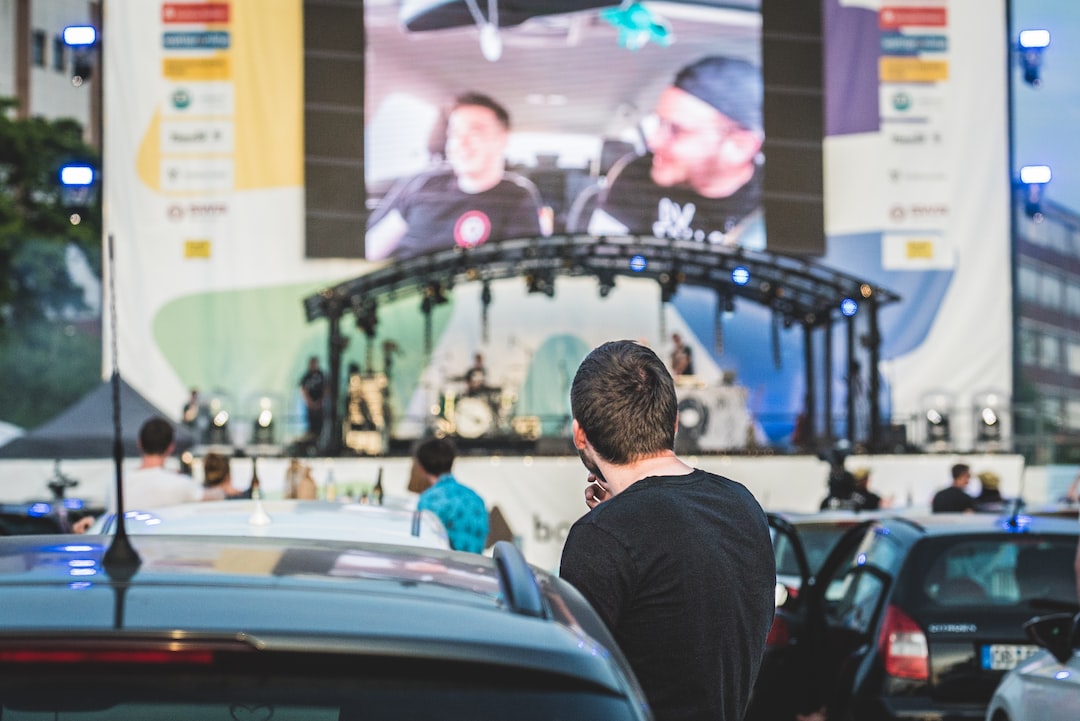Anime, short for Japanese animation, has taken the world by storm. From its humble beginnings in the early 20th century, anime has grown to become a global phenomenon, captivating audiences across various age groups and cultures. This unique form of animation has left an indelible mark on popular culture, and its influence continues to shape the way we consume media.
One of the factors contributing to anime’s popularity is its distinct visual style. Unlike Western animation, which often aims for a more realistic approach, anime emphasizes exaggerated features and vibrant colors. This distinct aesthetic has not only helped anime stand out but has also influenced other forms of media, such as video games and even fashion.
The rise of anime can be traced back to the post-World War II reconstruction era in Japan. In efforts to restore the country’s economy and redefine its national identity, the Japanese government invested in the animation industry. This led to the creation of iconic anime television shows like “Astro Boy” and “Gigantor.” These shows not only captured the attention of domestic audiences but also laid the foundation for what would become a global phenomenon.
However, it was during the 1980s and 1990s that anime truly gained international recognition. The release of films like Hayao Miyazaki’s “My Neighbor Totoro” and “Spirited Away” brought Japanese animation to a wider audience. These films showcased not only the captivating storytelling but also the stunning artistry and attention to detail that have become synonymous with anime.
Anime’s appeal transcends cultural boundaries, which is why it has gained a massive global following. Its themes often explore universal issues such as love, friendship, and personal growth, making it relatable to people from all walks of life. Furthermore, the medium offers a wide range of genres, from fantasy and science fiction to romance and slice-of-life. This diversity ensures that there is an anime for every taste and interest.
The internet has played a pivotal role in the globalization of anime. Online communities dedicated to discussing anime and manga are thriving, allowing fans to connect and share their passion. Streaming platforms like Crunchyroll and Netflix have also made anime more accessible than ever before. This has allowed fans from all over the world to watch their favorite shows legally and with subtitles in their native language.
Anime’s impact goes far beyond entertainment. It has paved the way for the exchange of cultural ideas and has influenced other forms of media worldwide. Western shows and movies have started incorporating anime-inspired elements into their storytelling and visual design, recognizing the appeal and creativity of the medium. This cultural exchange has created a beautiful blend of ideas, ultimately leading to the evolution of global popular culture.
Additionally, the success of anime has opened up new opportunities for both talented artists and the anime industry as a whole. There is a constant demand for skilled animators and storytellers, which has stimulated job growth and pushed the boundaries of animation as an art form. Anime conventions and events have become commonplace worldwide, providing a platform for fans to come together and celebrate their shared love for Japanese animation.
As anime continues to conquer the world, its influence shows no sign of slowing down. The success of blockbuster movies like Makoto Shinkai’s “Your Name” and the global obsession with series like “Attack on Titan” and “Demon Slayer” attest to the continued popularity of this art form. Anime has become a cultural force, leaving an indelible mark on popular culture and paving the way for future generations of storytellers and artists. So next time you find yourself captivated by a beautifully animated show or movie, remember the profound influence that anime has had in conquering the world.

